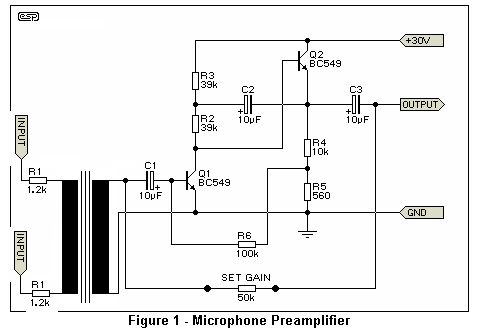rafafredd
Well-known member
from our friend Ted:
http://www.tfpro.com/index.php/page/M16
It has been said here that noise would be a big problem, so i´m just wondering, how did he do it?
It would be a good way of getting a very clean signal with lots of input headroom plus all the benefits of transformer isolation, like infinite (mostly) CMRR, ground isolation, and all, and not worring about electronically balanced front end.
http://www.tfpro.com/index.php/page/M16
The microphone amplifiers are transformer input coupled with the input stage operating in class A. The input amplifier operates in current mode so that the input transformer works with zero flux giving extended bandwidth of 8Hz to 100KHz, unmeasurable 3rd harmonic distortion within the audio band, and noise performance equivalent to best conventional circuits.
It has been said here that noise would be a big problem, so i´m just wondering, how did he do it?
It would be a good way of getting a very clean signal with lots of input headroom plus all the benefits of transformer isolation, like infinite (mostly) CMRR, ground isolation, and all, and not worring about electronically balanced front end.
























